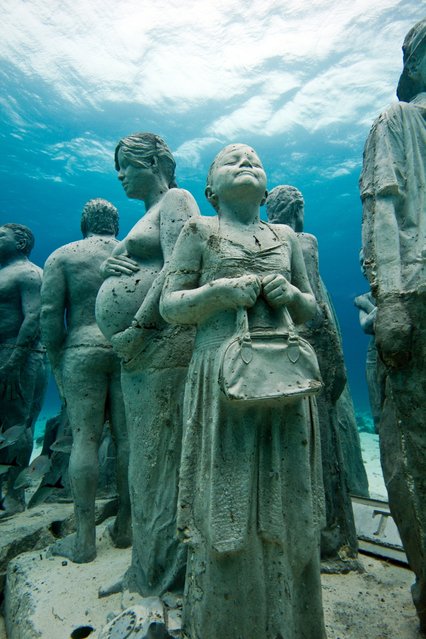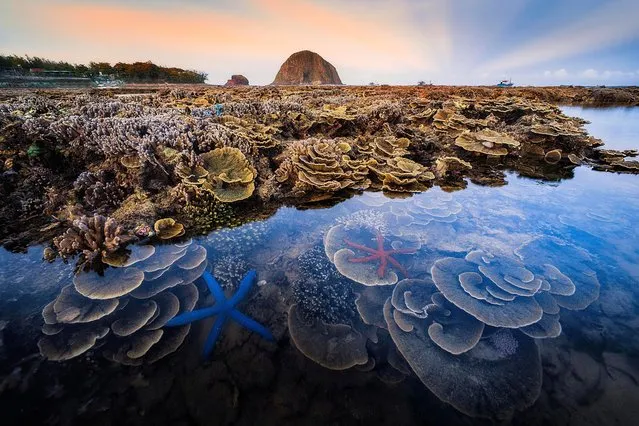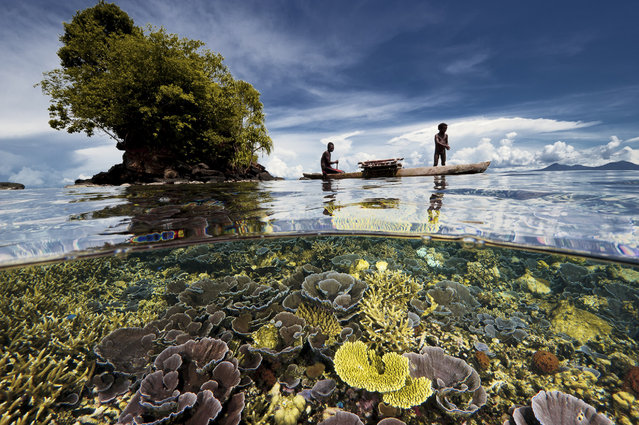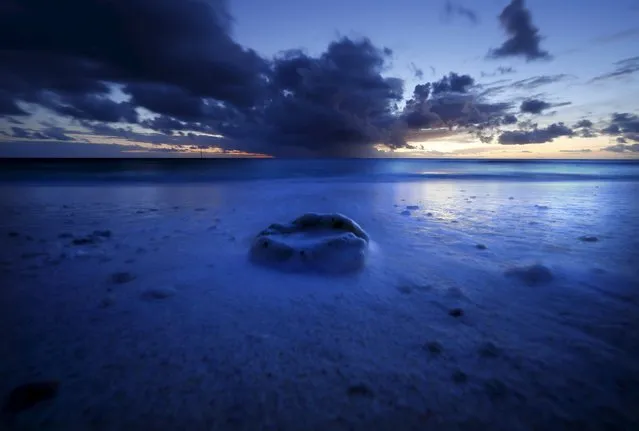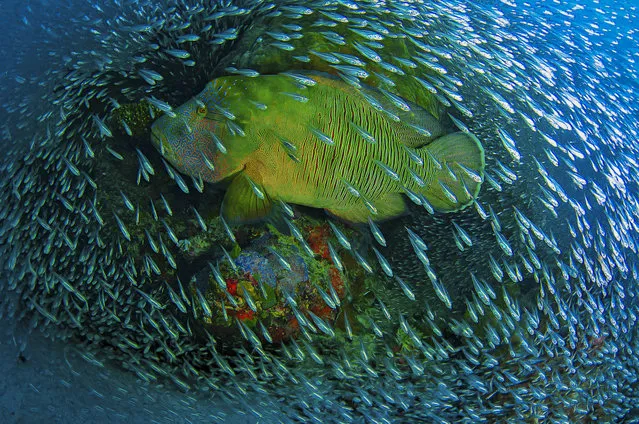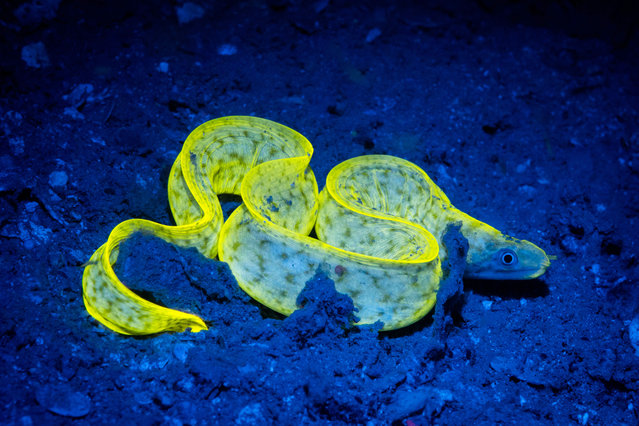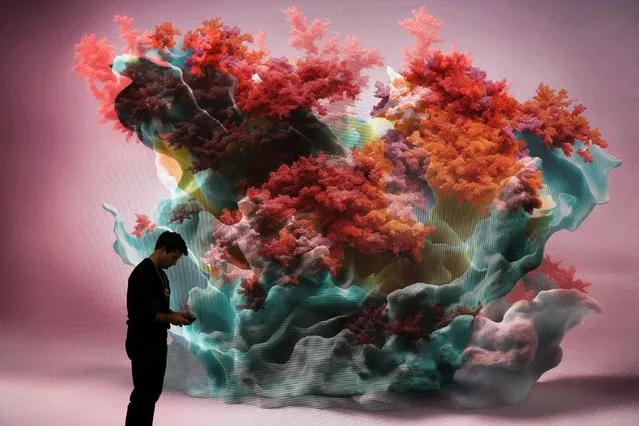
A man stands in front of a display with an artificial coral inside the Davos Congress Center at the eve of the annual meeting of the World Economic Forum in Davos, Switzerland, Sunday, January 15, 2023. The site specific data sculpture by media artist Refik Anadol based on approximately one billion coral images processed by machine learning classification models. The annual meeting of the World Economic Forum is taking place in Davos from Jan. 16 until Jan. 20, 2023. (Photo by Markus Schreiber/AP Photo)
25 Feb 2023 05:21:00,post received
0 comments

